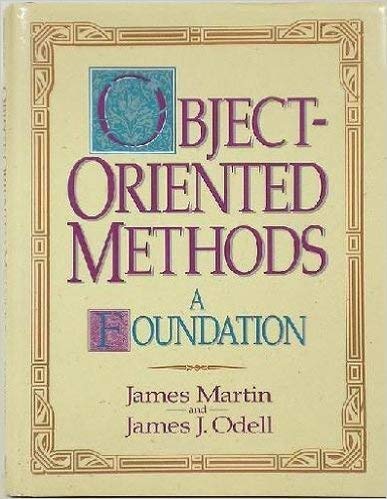Make sense of object-oriented philosophy -- and use it in both information systems development and business process reengineering.
-- Completely revised and updated to comply with UML notation.
-- Techniques for serial, concurrent and synchronized processing specification.
-- Better ways to evolve systems as technology improves.
This timely, authoritative and in-depth analysis of object oriented analysis and design provides system developers with a formally-based foundation for generating both better code and better business processes.
Learn how to use object-orientation in its broadest sense, as an organization and development philosophy for creating better business process solutions. Understand object structure, object behavior, and more advanced concepts such as composition, structural constraints, rules and diagrams, meta-modeling and power types. This new edition has been completely updated to reflect the UML notation developed by Rumbaugh, Jacobson and Booch.
This book presents those concepts and techniques that support almost any system development approach--whether it involves computers, people, or machines. It considers object structure, object behavior and more advanced concepts such as composition, structural constraints, rules, using rules and diagrams, meta-modeling, and power types. Shows how to represent OOA constructs--modeling object structure, modeling object behavior, modeling state transitions and event diagrams, scenarios. Outlines considerations for design, discusses object-oriented programming, and considers object-oriented design and "instant" CASE.
